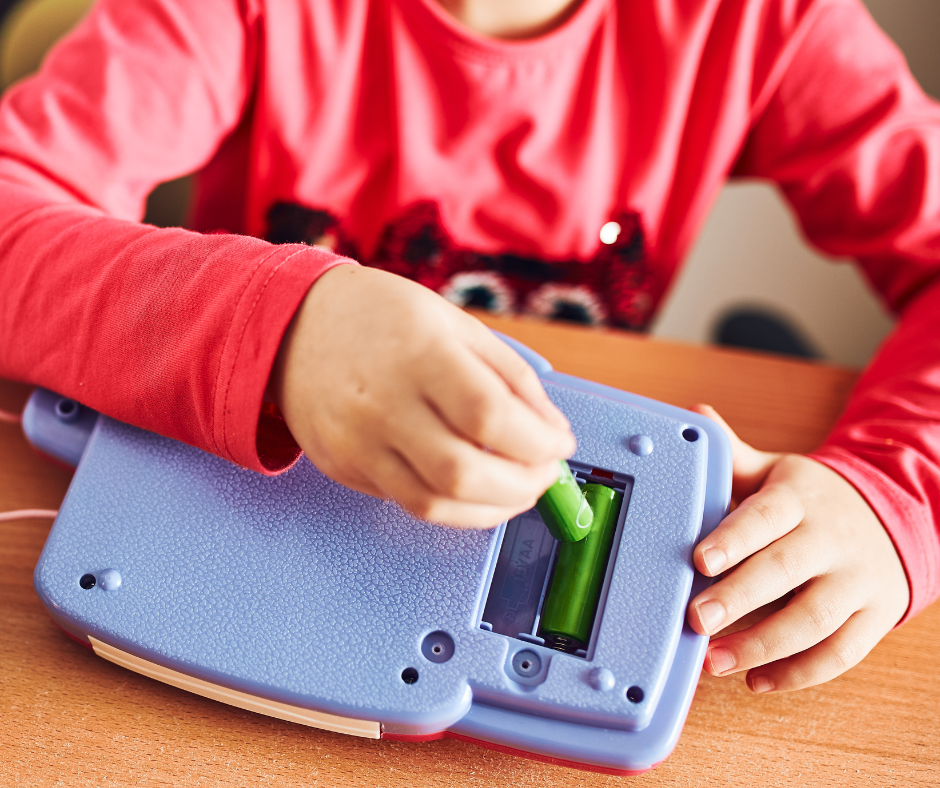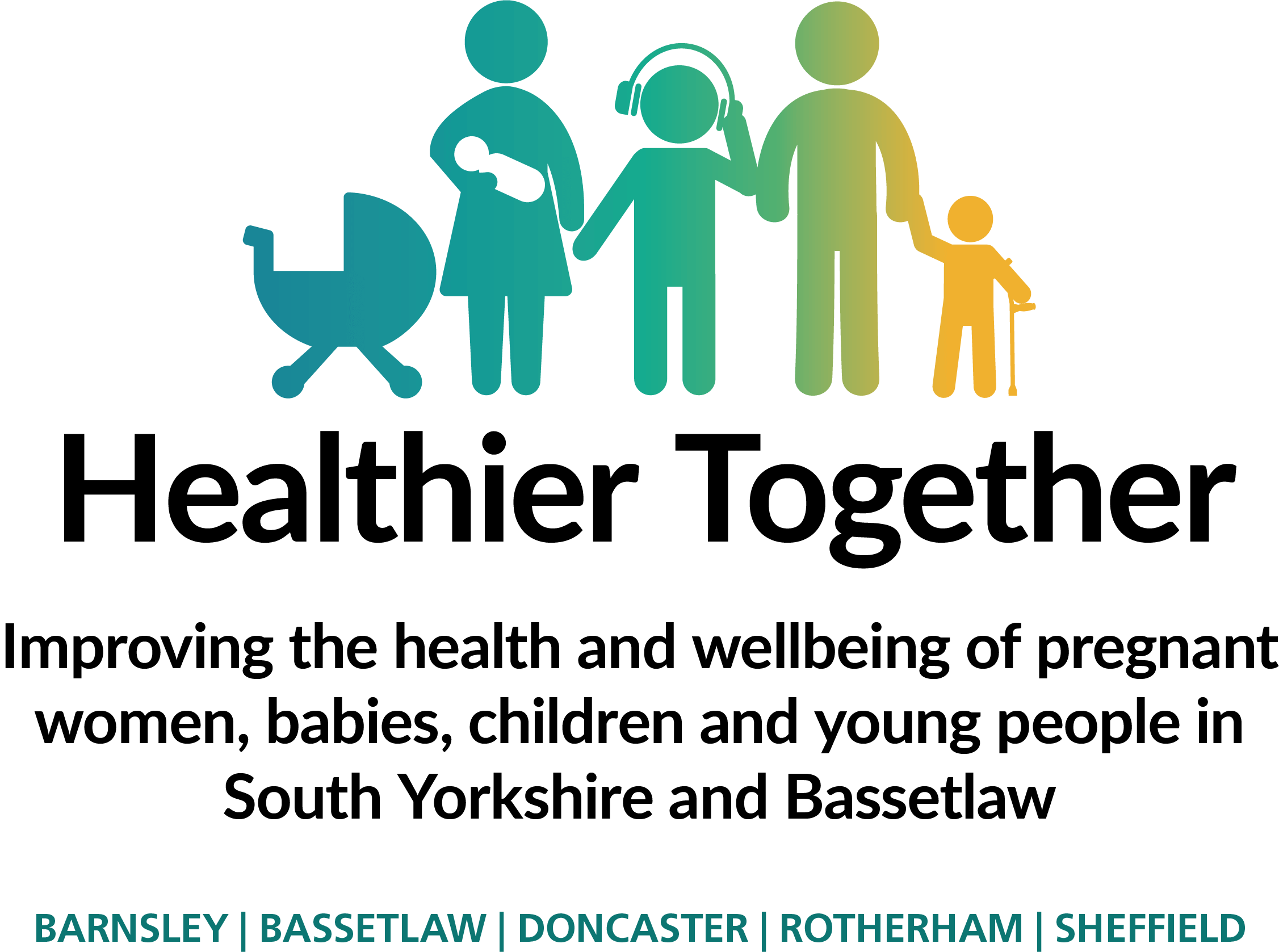Saving this page to a PDF file.
Chrome
Step 1: Click the "Print this page" button. Alternatively, press Ctrl + P (on Mac, use Cmd + P)
Step 2: In the resulting pop-up window, click the Down Arrow to the right of Destination and select Save As PDF in the drop-down menu. You can also optionally choose to hide 'Headers and Footers' with a checkbox.
IE/Edge
Step 1: Click the "Print this page" button. Alternatively, press Ctrl + P (on Mac, use Cmd + P)
Step 2: On the following dialog, under Printer, choose 'Microsoft Print to PDF'
Click 'Print' and you have saved your webpage to a PDF file.
Toy Safety
Did you know that most toys you come across are actually quite safe? However, accidents can happen if you play with toys meant for older kids or leave them scattered around. We've got some top tips to help you enjoy your toys while staying safe. So, let's dive in!
Choosing the Right Toys
Trust the Specialists
- Look for toys at specialist toy shops or recognised high street stores. They sell toys that meet the highest safety standards.
- The helpful staff can guide you in picking the perfect toy for your age group and interests.
Be Cautious with Second-Hand Toys
- While saving money can be tempting, be careful with pre-owned toys.
- Consider borrowing from a toy library where you’ll find safe and well-maintained toys.
Safety Symbols
- Check the packaging for a warning label if the toy isn't suitable for kids under 36 months.
- Look for the 'lion mark' indicating toys made with higher safety and quality standards.

Selecting Age-Appropriate Toys
Follow the Age Recommendations
- Toys come with age labels indicating the recommended age group.
- Stick to these guidelines as they help ensure the safety of every child.
Watch Out for Small Parts
- For little ones, avoid toys with small parts or long fur, as they can pose choking hazards.
- Marbles and magnets are not suitable either, as they can be swallowed or choked on.
Sharing with Caution
- While sharing is caring, make sure older children's toys are safe for younger siblings.
- What's suitable for a 7-year-old may not be safe for a toddler.
Button Batteries

Ditch the Broken Toys
- If a toy is broken or damaged, it's safer to throw it away instead of donating it.
- Broken toys can cause accidents for other children, and we want to keep them safe too.
Battery Power Rules
- Battery-powered toys undergo strict safety tests, but be cautious when changing batteries. Avoid mixing old and new batteries, as older ones may overheat in the toy.
Keeping Toys Safe at Home
The Tidiness Game
- Encourage putting away toys to prevent tripping and falling hazards.
- Teach the importance of keeping things tidy, especially deflated balloons.
Secure Battery Compartments
- Battery compartments should be either screwed shut or require independent or simultaneous movements to open.
- Remember, older children may still be able to open secure compartments, so stay vigilant.
Watch Out for Unsafe Sources
Online and Discount Stores
- Be cautious when buying toys online or from discount stores, markets, or temporary shops.
- Some may not meet the necessary safety regulations, which can pose risks.
Be Mindful of Battery Accessibility
- Look out for light-up fidget spinners or similar toys where the battery is easily accessible to children.
- Remember, safety always comes first!
You're now equipped with the wisdom to choose and keep your toys safe, making playtime even more enjoyable. Remember to follow age recommendations, shop at trusted stores, and keep an eye on small parts. By playing responsibly and keeping your toys tidy, you're not only having fun but also staying safe. Happy playing, toy enthusiasts!





